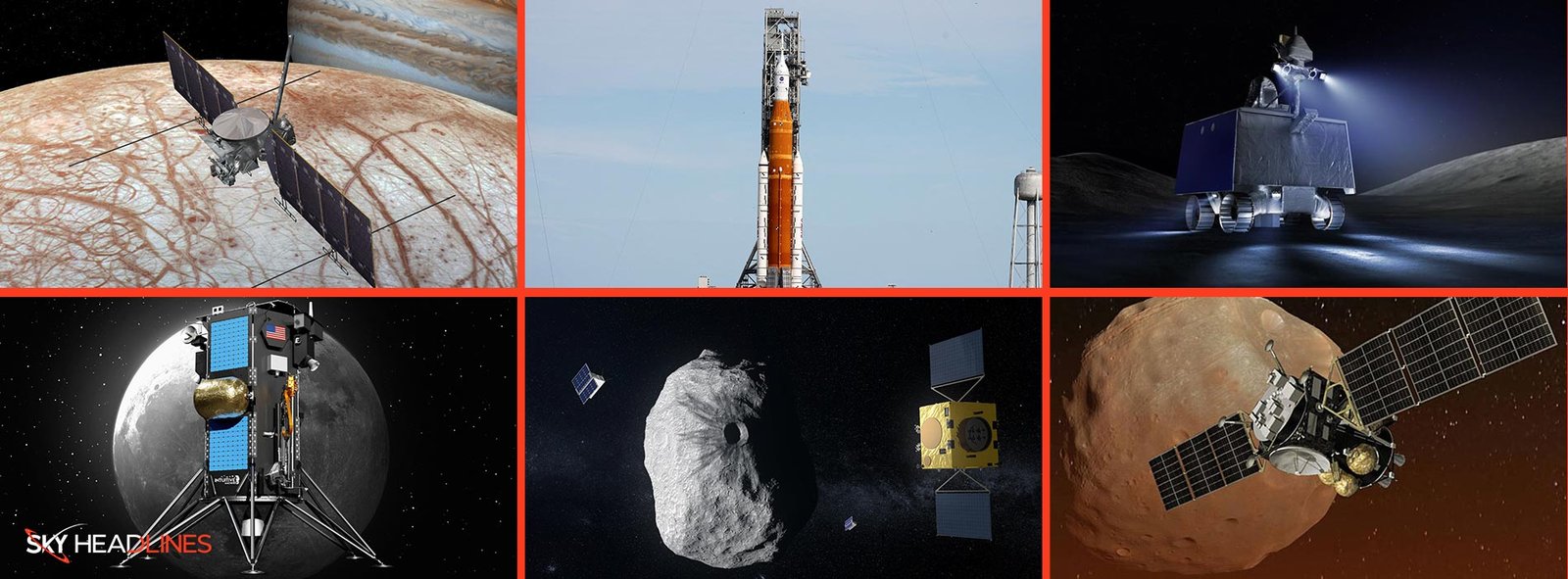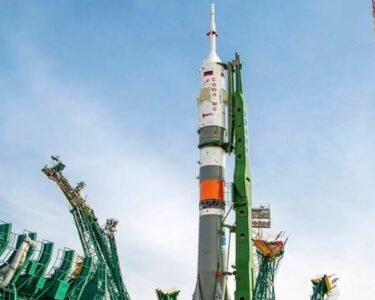As we launch into 2024, the stellar accomplishments of the previous year still glimmer in our collective memory. Recall the daring of NASA’s OSIRIS-REx, which gracefully pirouetted with an asteroid, returning with celestial treasures? Or India’s Chandrayaan-3, which shed light on the enigmatic lunar south pole? These feats were just the beginning. The space missions in 2024 lineup are set to be a landmark in our cosmic journey, bringing missions that promise to deepen our understanding of the universe and our place within it.
List of Space Missions in 2024
Before diving into the details, let us overview the key missions slated for 2024:
- Europa Clipper (NASA): Exploring Jupiter’s Moon Europa.
- Artemis II (NASA): The first crewed Orion spacecraft mission to orbit the Moon.
- VIPER (NASA): A rover mission to the Moon’s South Pole in search of water.
- Lunar Trailblazer (NASA): A satellite mission to map lunar water ice.
- PRIME-1 (NASA): Testing ice mining technologies on the Moon.
- Hera (ESA): Investigating the Didymos-Dimorphos asteroid system.
As a planetary scientist, I am thrilled to guide you through six of the most anticipated space missions of 2024. Each one represents not just a journey through space but a leap in our technological prowess and our quest for knowledge.
1- Europa Clipper: Unlocking the Mysteries of an Icy Moon
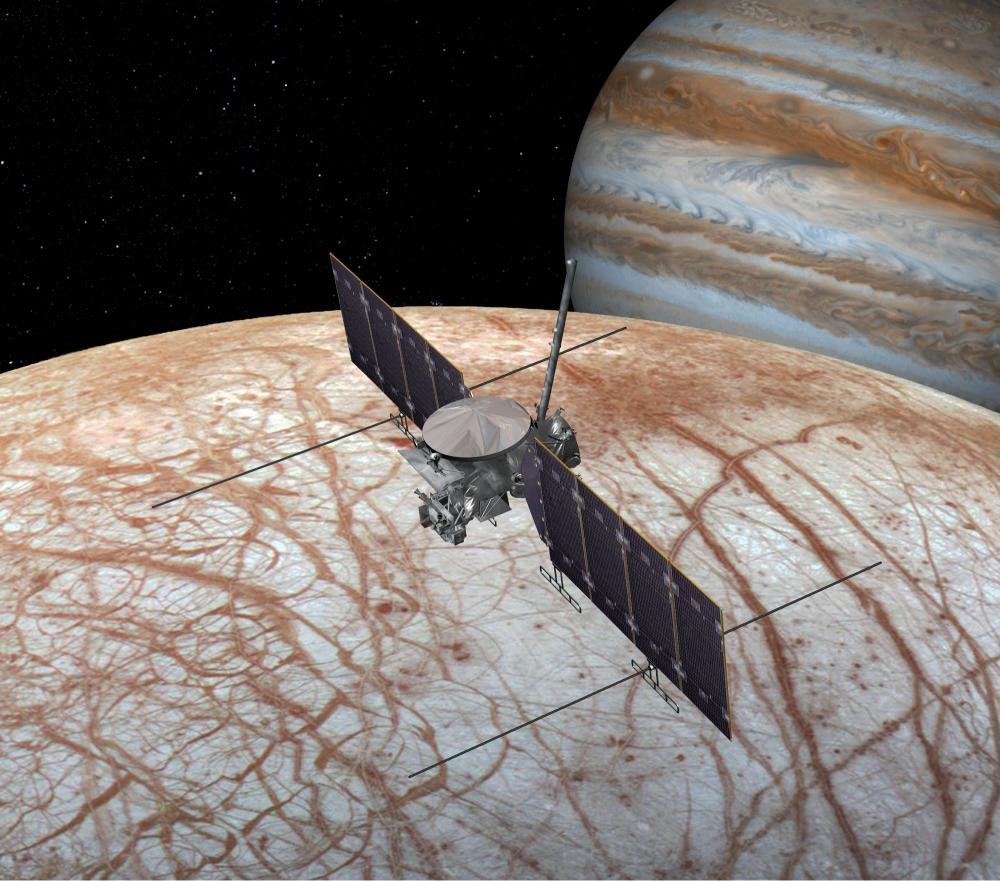
Join me on a journey to Europa, one of Jupiter’s largest moons. Here, NASA’s Europa Clipper mission, a highlight of space missions 2024, is set to embark on a groundbreaking journey. Europa, slightly smaller than Earth’s Moon, is a world of ice with a tantalizing secret: a vast saltwater ocean beneath its frozen crust, containing over twice the volume of all Earth’s oceans combined. This mission, launching on the formidable SpaceX Falcon Heavy rocket on October 10, 2024, seeks to unravel the mysteries of this hidden ocean. Could it harbor extraterrestrial life? The Europa Clipper aims to find out by conducting nearly 50 flybys, scrutinizing Europa’s icy shell, its complex geology, and the subsurface ocean. The presence of active geysers on Europa adds an intriguing layer to this investigation. This mission could redefine our understanding of habitability in the solar system.
2- Artemis II: A New Chapter in Lunar Exploration
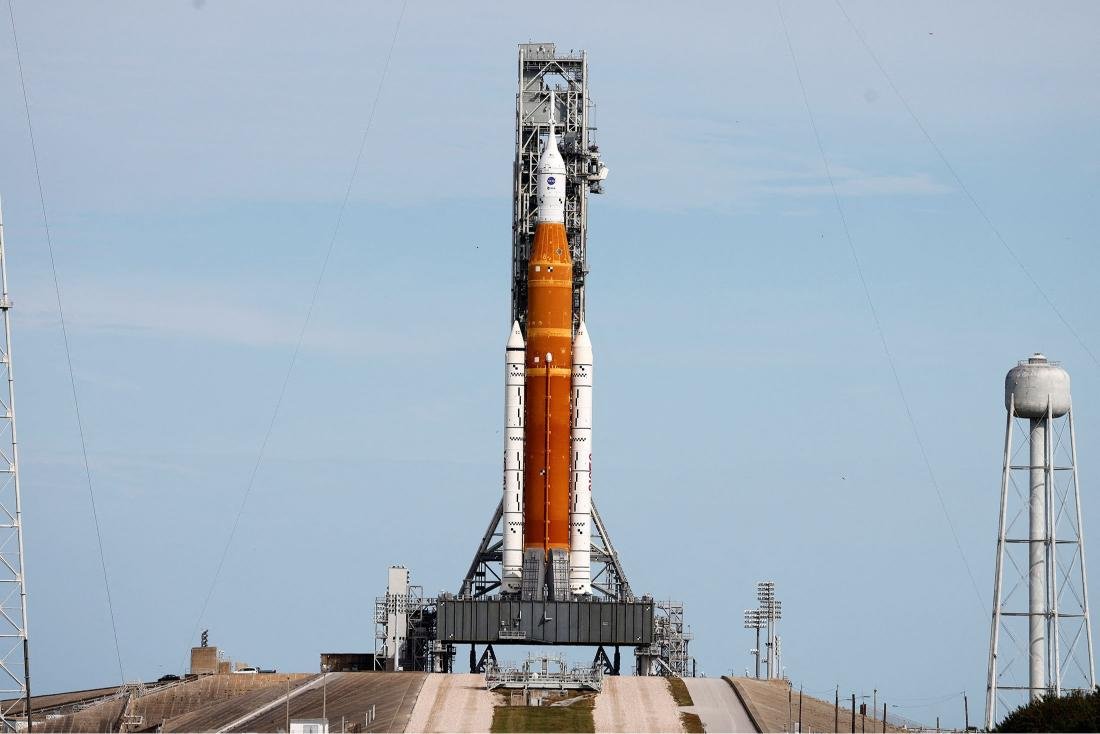
Next in the space missions 2024 lineup is Artemis II,, NASA’s ambitious plan to return humans to the Moon and eventually venture beyond to Mars. Named after the twin sister of Apollo in Greek mythology, Artemis signifies a new era of lunar exploration. Artemis II, slated for a November 2024 launch, represents the first crewed mission in this program, aiming to send four astronauts on a 10-day mission around the Moon. This journey is more than just a lunar orbit; it is a testbed for the technologies and experiences that will enable longer stays on the Moon and prepare us for the eventual human exploration of Mars. The mission’s success hinges on numerous factors, including the readiness of essential equipment like spacesuits and oxygen systems. There is a palpable excitement within the space community as we inch closer to seeing astronauts orbiting the Moon once again for the first time since 1972.
3- JAXA’s Martian Moons eXploration (MMX)
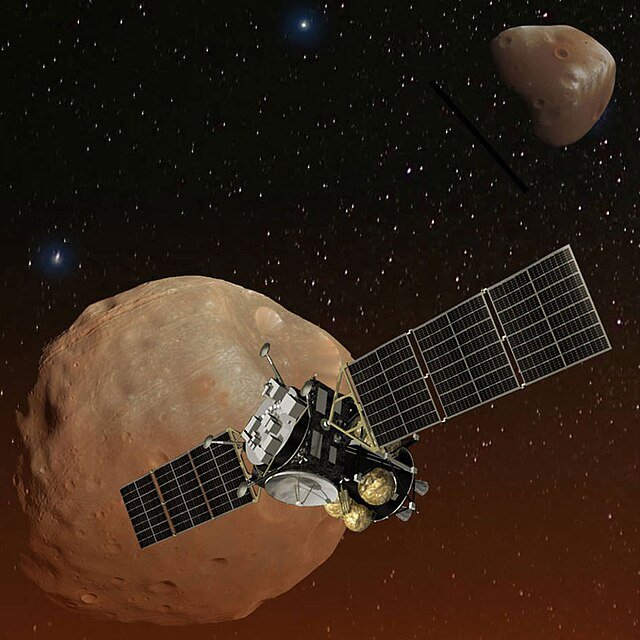
While much attention is focused on Earth’s Moon, Japan’s Aerospace Exploration Agency (JAXA) is setting its sights on the moons of Mars: Phobos and Deimos. The MMX mission, launching in September 2024, aims to solve the longstanding mystery of these moons’ origins. Are they captured by asteroids or remnants of Martian debris? MMX will spend three years in the Martian system, observing and eventually landing on Phobos to collect samples. This mission represents a significant step in our understanding of Mars and its moons, contributing to the broader narrative of solar system exploration.
4- Lunar Trailblazer and PRIME-1: A Duo of Lunar Endeavors
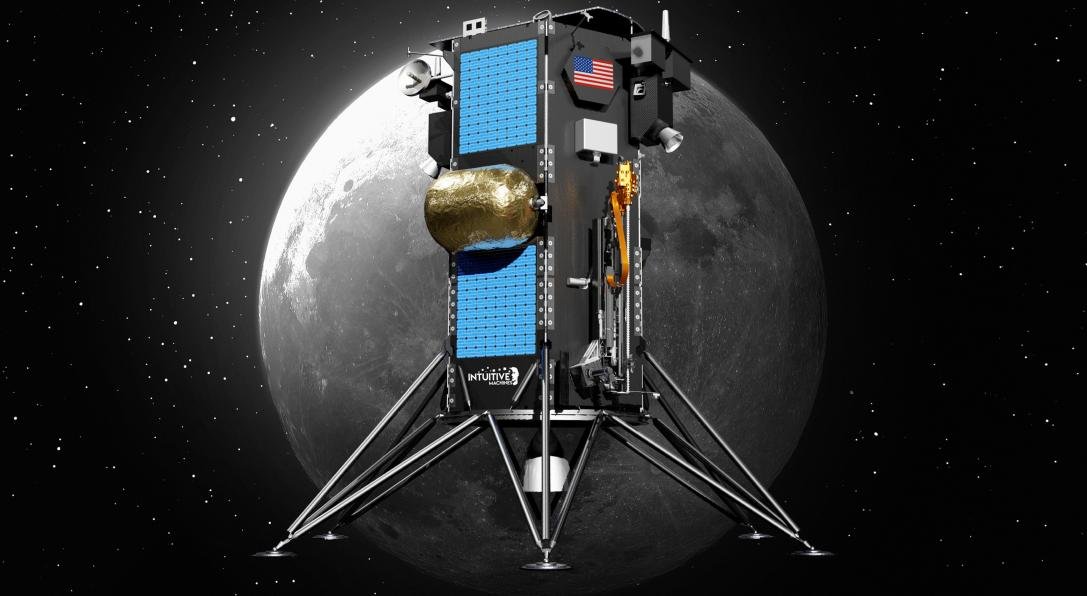
Under NASA’s Small, Innovative Missions for Planetary Exploration (SIMPLEx) program, the Lunar Trailblazer and PRIME-1 missions represent a new approach to planetary exploration: smaller, more cost-effective missions that ride along with larger payloads. Lunar Trailblazer, set to launch in early 2024, aims to map water on the Moon from orbit, providing a global perspective on lunar hydration. Its companion mission, PRIME-1, is a drilling experiment that will test technologies for future missions like VIPER. However, their launch depends on the readiness of their primary payload partner. The fate of these missions is intertwined with the broader schedule of lunar exploration, reflecting the complexities and interdependencies of modern space missions.
5- VIPER: In Search of Lunar Water

The Volatiles Investigating Polar Exploration Rover, or VIPER, is a mission of exploration and discovery at the Moon’s south pole. This golf-cart-sized rover, set for a November 2024 launch, will embark on a 100-day journey across the Moon’s harsh and varied landscapes. VIPER’s objective is to search for water and other volatile compounds essential for future human colonization of the Moon. The mission will traverse the extreme environments of the lunar surface, from the searing heat of lunar day to the unimaginably cold-shaded regions. By understanding the distribution and state of water on the Moon, VIPER could lay the groundwork for sustained human presence there.
6- ESA’s Hera: Investigating the Aftermath of a Cosmic Experiment
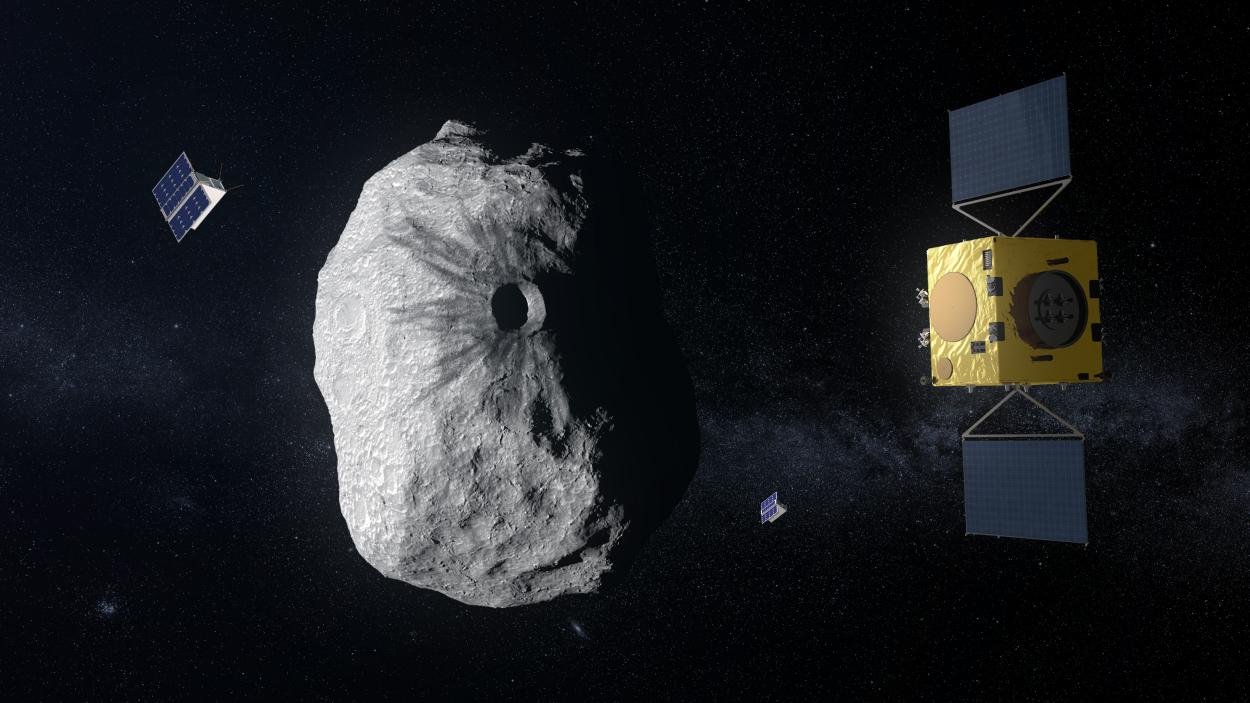
Following NASA’s groundbreaking DART mission, the European Space Agency’s Hera mission is set to examine the Didymos-Dimorphos asteroid system. Hera, launching in October 2024, will arrive at the asteroid system in late 2026 to study the physical properties of the asteroids and the effects of DART’s kinetic impact. This mission goes beyond mere observation; it is a critical test of our ability to defend Earth from potential asteroid threats. Hera represents a significant step in planetary defense, a field that has gained increasing importance in our quest to safeguard our planet from celestial hazards.
These missions, each with its unique objectives and challenges, represent the pinnacle of human ingenuity and the unquenchable thirst for knowledge that drives us to explore the cosmos. As we anticipate the discoveries and advancements that these space missions 2024 will bring, we stand on the threshold of a new era in space exploration. From probing the mysteries of icy moons to charting a course for human settlement on the Moon, from exploring the Martian moons to defending our planet from asteroids, each mission contributes a vital piece to the grand puzzle of our universe.
Please stay tuned, space enthusiasts, as we embark on this grand adventure across the cosmos. The year 2024 is set to be a defining moment in the history of space exploration, marking a new chapter in our ongoing journey to understand the vast and wondrous universe we call home. As we ride the tail of comets and dance with stars, let us celebrate the spirit of discovery that propels us towards these audacious goals. The sky is not the limit; it is just the beginning.
Ali M. Bramson is an assistant professor of Earth, atmospheric and planetary sciences at Purdue University.


